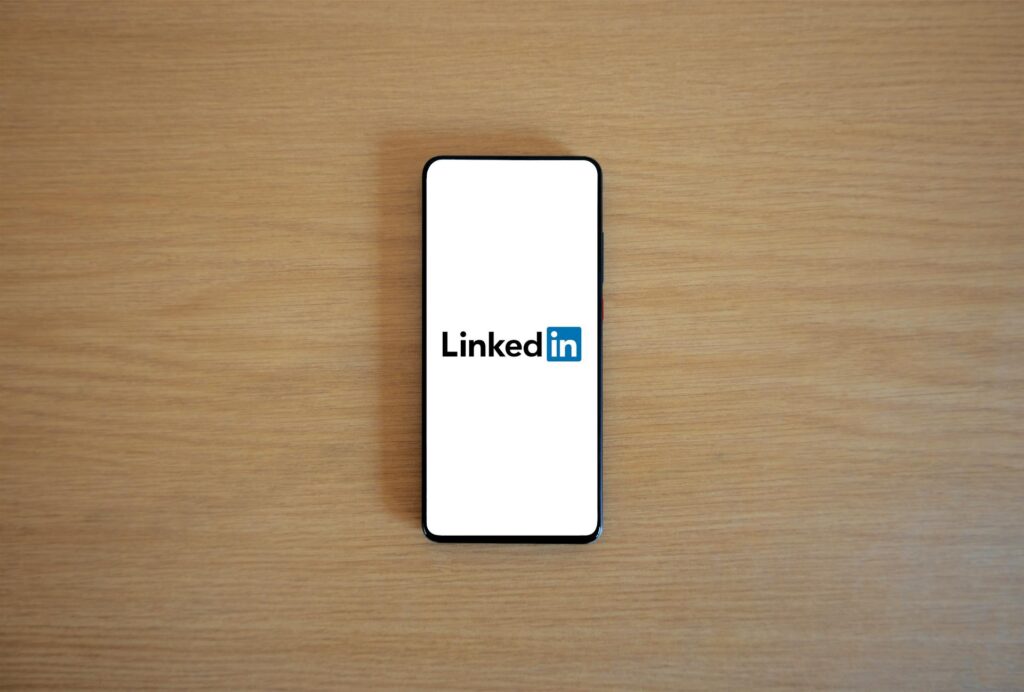
Table of Contents
Looking Beyond LinkedIn for Real Business Relationships
When it comes to networking, LinkedIn is often the first place people turn. And for good reason—it’s a powerful platform for connecting with industry professionals. But if you’re relying on LinkedIn alone to build your network, you could be missing out on deeper, more meaningful relationships. Genuine connections aren’t just about sending connection requests and exchanging pleasantries in the comments. They’re built through real conversations, shared experiences, and mutual trust. One great way to foster these relationships is by engaging in real-world interactions, such as networking at a private members club where professionals can meet in a relaxed yet professional setting.
Here’s how you can expand your networking efforts beyond LinkedIn and build connections that actually matter.
The Problem with Relying Only on LinkedIn
LinkedIn is great for making initial contact, but it has its limitations. A digital profile can’t replace the depth of face-to-face interactions or the trust that develops when you meet someone in person. According to a study by the University of Buffalo, in-person networking meetings lead to sales or deals 40% of the time—far higher than online-only interactions (Genius). That’s because people are more likely to do business with those they’ve met in a personal setting rather than through a cold LinkedIn message.
1. Attend Industry Events and Conferences
Nothing beats the value of meeting professionals in person. Conferences, seminars, and industry events provide the perfect setting for organic conversations. You’re not just another profile picture—you’re someone people can shake hands with, exchange ideas with, and remember. Getting involved—whether it’s asking questions during panels or speaking at events—can also help you establish credibility in your industry.
2. Join Professional Associations and Groups
Professional associations offer more than just networking; they provide access to exclusive resources, discussions, and events that LinkedIn simply can’t replicate. By participating in committees, discussion panels, or leadership roles, you can build relationships in a way that feels natural and collaborative rather than transactional.
3. Explore Alternative Networking Platforms
LinkedIn isn’t the only platform for professional networking. Depending on your industry, you might find better connections elsewhere:
- Meetup – Great for finding industry-specific networking events and casual meetups in your area.
- LunchMeet – A fantastic app for setting up one-on-one coffee meetings with local professionals.
- Clubhouse – If you’re into audio-based networking, this app allows you to engage in discussions with industry leaders. (TechHelp)
Diversifying where you connect with people can help you avoid the crowded and sometimes impersonal nature of LinkedIn.
4. Get Involved in Volunteering and Community Projects
One of the best ways to meet like-minded professionals is through shared interests outside of work. Volunteering, community initiatives, and nonprofit projects bring together people who are passionate about similar causes. These settings create a natural foundation for building authentic connections that go beyond business.
5. Host and Attend Informal Gatherings
Business relationships don’t always have to be built in formal settings. Some of the most valuable connections are made in relaxed environments—networking dinners, industry happy hours, or even casual coffee catch-ups. Hosting small gatherings, such as at a private members club, can position you as a connector in your industry, making others more likely to remember and reach out to you.
6. Find a Mentor (or Become One)
Mentorship is one of the most underrated networking strategies. Whether you’re looking for guidance or offering it to someone else, these relationships create long-term connections that go beyond quick exchanges. A strong mentorship bond often leads to valuable introductions, collaborations, and professional growth.
7. Build a Strong Personal Brand
People want to connect with individuals who stand for something. If you have expertise, don’t just keep it to yourself—share it. Write blog posts, contribute guest articles, speak at events, or start a podcast. The more you put your thoughts out there, the more people will gravitate towards you. Over time, this helps you build a network that’s based on shared knowledge rather than just mutual connections.
8. Be Authentic and Listen More Than You Speak
People can tell when someone is networking just for the sake of it. The best business connections come from genuine conversations, not sales pitches. Take the time to listen to what others have to say, ask thoughtful questions, and show a real interest in their work. This builds trust and makes people more likely to stay in touch.
9. Keep in Touch Without Being Transactional
Following up is crucial, but it shouldn’t always be about asking for something. Send an interesting article, congratulate them on a career move, or simply check in to see how they’re doing. When you nurture relationships over time without expecting anything in return, they become far more valuable.
Final Thoughts
LinkedIn is a fantastic networking tool, but it shouldn’t be the only one you use. The strongest business relationships are built through in-person interactions, meaningful conversations, and genuine efforts to stay connected. By diversifying your approach and being intentional with how you build your network, you’ll create lasting professional relationships that go beyond a connection request.

